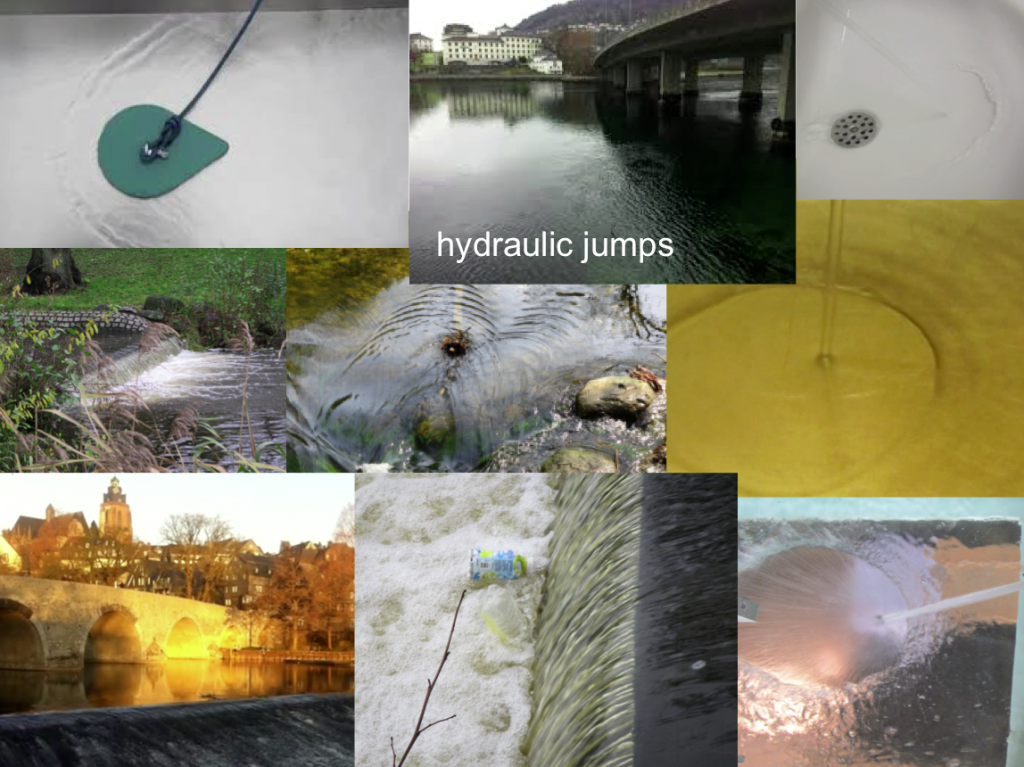
Asking students to take pictures to help them connect theory to the reality of their everyday lives
— This post was written for “Teaching in the Academy” in Israel, where it was published in Hebrew! Link here. —
Many times students fail to see the real-life relevance of what they are supposed to be learning at university. But there is an easy way to help them make the connection: Ask them to take pictures on their smartphones of everything they see outside of class, write a short sentence about what they took a picture of, and why it is interesting, and submit it on an electronic platform to share with you and their peers. And what just happened? You made students think about your topic on their own time!
Does it work?
Does it work? Yes! Obviously there might be some reluctance to overcome at first, and it is helpful to either model the behaviour you want to see yourself, or have a teaching assistant show the students what kind of pictures and texts you are looking for.
Do I have to use a specific platform?
Do I have to use a specific platform? No! I first heard about this method after Dr. Margaret Rubega introduced the #birdclass hashtag on Twitter for her ornithology class. But I have since seen it implemented in a “measuring and automation technology” class that already used a Facebook group for informal interactions (see here), and by a second class on the university’s conventional content management system. All that is required is that students can post pictures and other students can see them.
Do you have examples?
One example from my own teaching in physical oceanography: Hydraulic jumps (see figure below). The topic of hydraulic jumps is often taught theoretically only and in a way that students have a hard time realizing that they can actually observe them all the time in their real lives, for example when washing your dishes, cleaning your deck or taking a walk near a creek. But when students are asked to take pictures of hydraulic jumps, they start looking for them, and noticing them. And even if all of this only takes 30 seconds to take and post a picture (and most likely they spent more time thinking about it!), that’s 30 extra seconds a student thought about your content, that otherwise he or she would have only thought about doing their dishes or cleaning their deck or their car.

Collection of many images depicting hydraulic jumps found in all kinds of environments of daily life
And even if you do this with one single topic and not every single topic in your class, once students start looking at the world through the kind of glasses that let them spot the hydraulic jumps, they are going to start spotting theoretical oceanography topics everywhere. They will have learned to actually observe the kind of content you care about in class, but in their own world, making your class a lot more relevant to them.
An additional benefit is that you, as the instructor, can also use the pictures in class as examples that students can relate to. I would recommend picking one or two pictures occasionally, and discussing for a minute or two why they are good examples of the topic and what is interesting about them. You can do this as introduction to that day’s topic or as a random anecdote to engage students. But acknowledging the students’ pictures and expanding on their thoughts is really useful to keep them engaged in the topic and make them excited to submit more and better pictures (hence to find better examples in their lives, which means to think more about your course’s topic).
Does this work for subjects outside of STEM, too?
Does this work for subjects outside of STEM, too? Yes! In a language class, for example, you could ask people to submit pictures of something “typically English [or whatever language you are teaching]”. You can then use the pictures to talk about cultural features or prejudices. This could also be done in a social science context. In history, you might ask for examples of how a specific historical period influences life today. In the end, it is not about students finding exact equivalents – it is about them trying to relate their everyday lives to the topics taught in class and the method presented in this article is just a method to help you accomplish that.
—
P.S.: This text originally appeared on my website as a page. Due to upcoming restructuring of this website, I am reposting it as a blog post. This is the original version last modified on October 1st, 2016.
#BergenWaveWatching: Field work right outside our students’ homes - Adventures in Oceanography and Teaching says:
[…] with an easy example that they can definitely find in many different locations. In our case, “find a hydraulic jump” works well, because those can be generated artificially by turning on the tap in your sink, or […]
#BergenWaveWatching: Field work right outside our students’ homes – Elin Darelius & Team says:
[…] with an easy example that they can definitely find in many different locations. In our case, “find a hydraulic jump” works well, because those can be generated artificially by turning on the tap in your sink, or […]
Teaching field courses in a virtual setting - Adventures in Oceanography and Teaching says:
[…] to the course’s topic right outside their door. For examples see for example my post on hydraulic jumps that are everywhere, on #BergenWaveWatching, or on […]